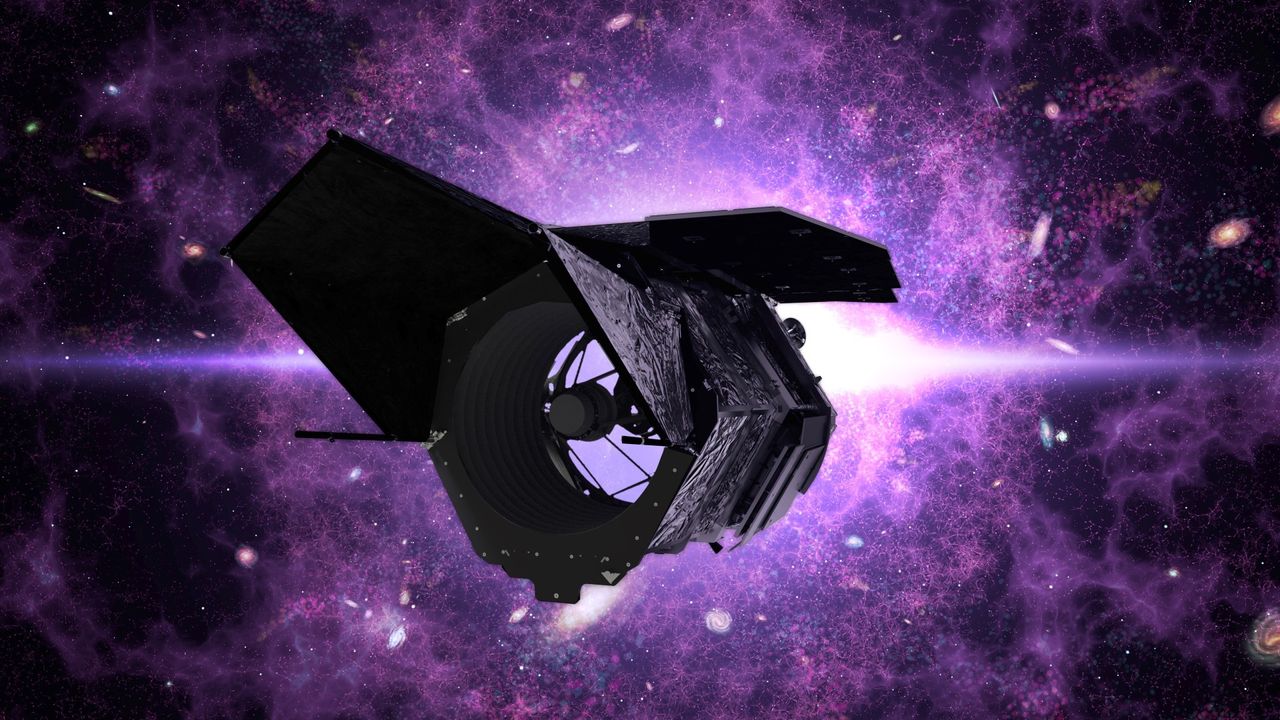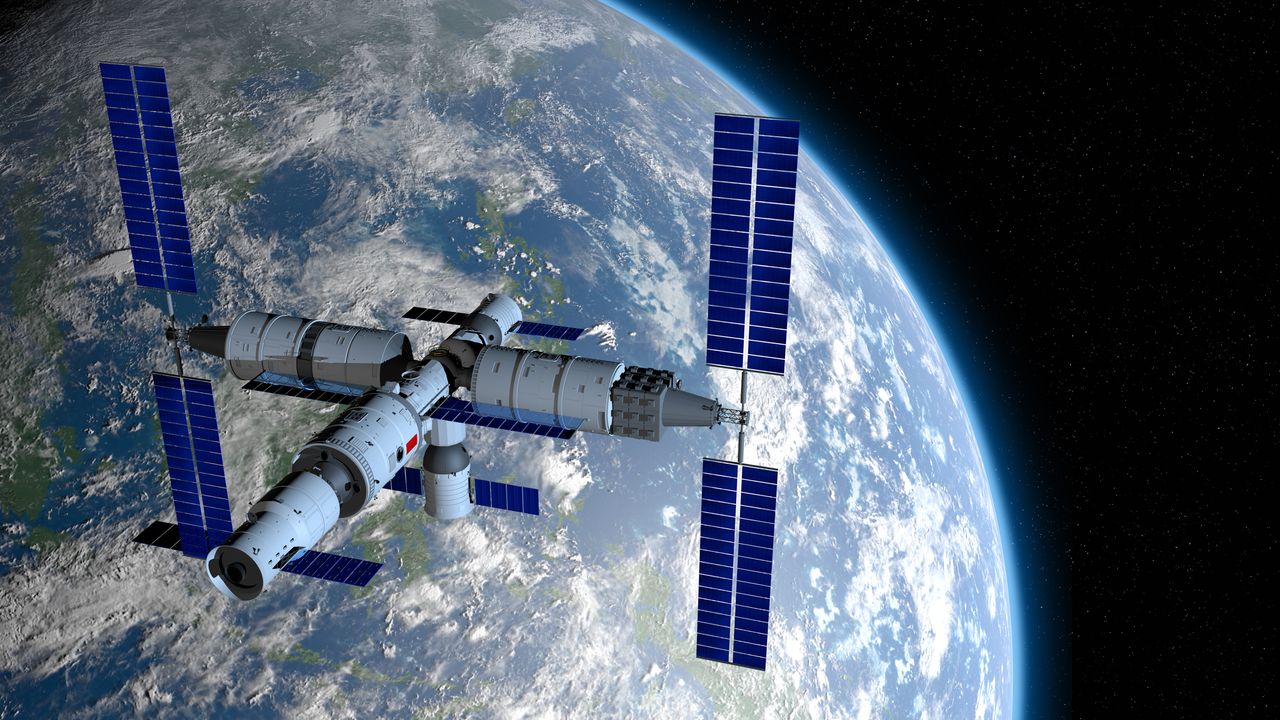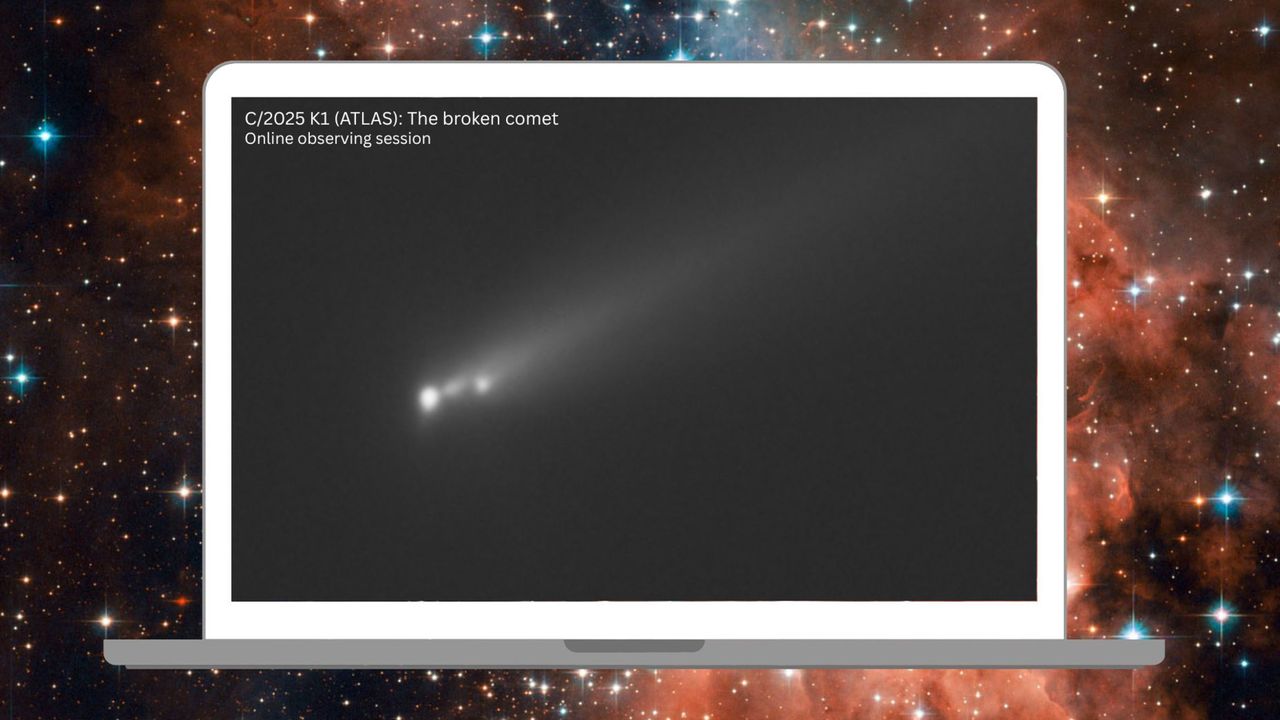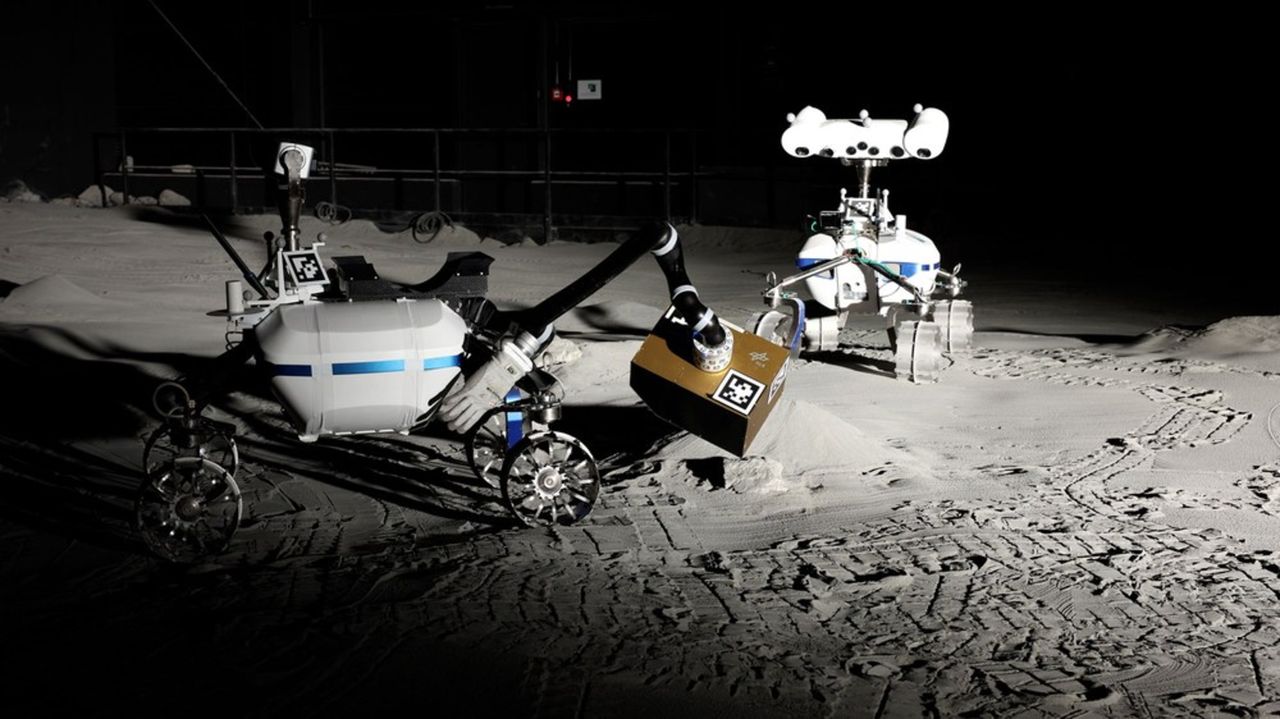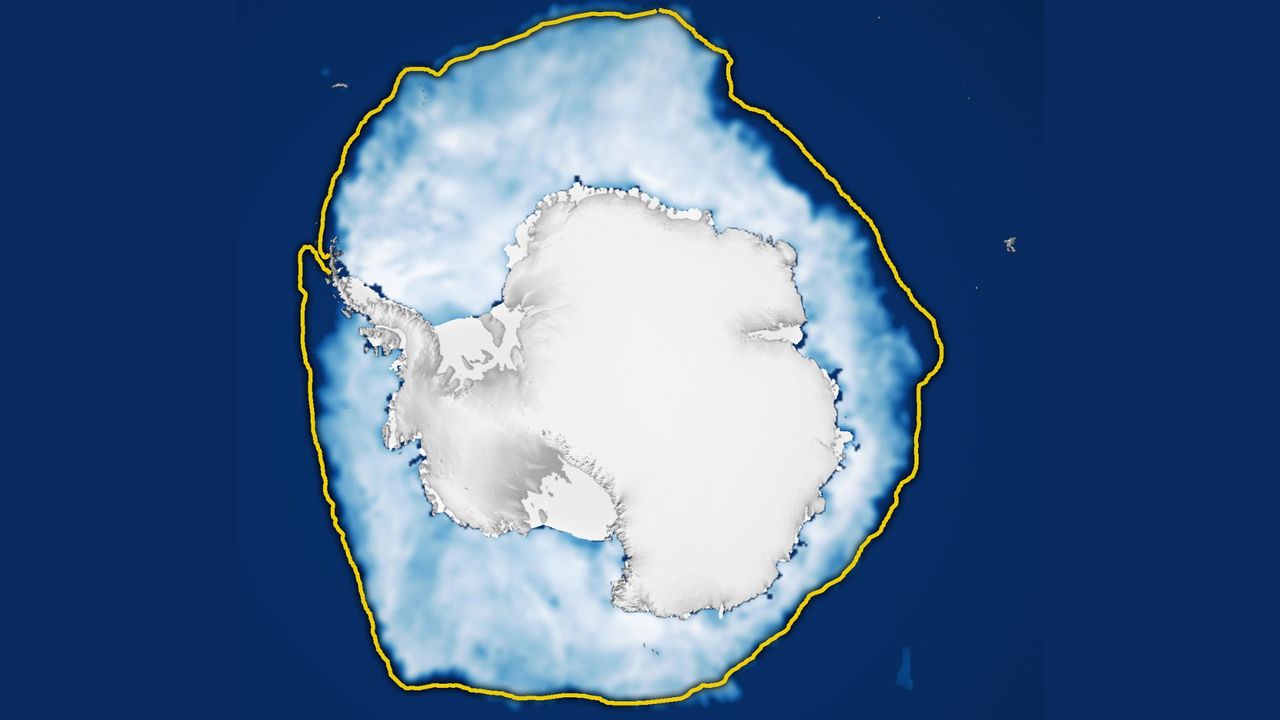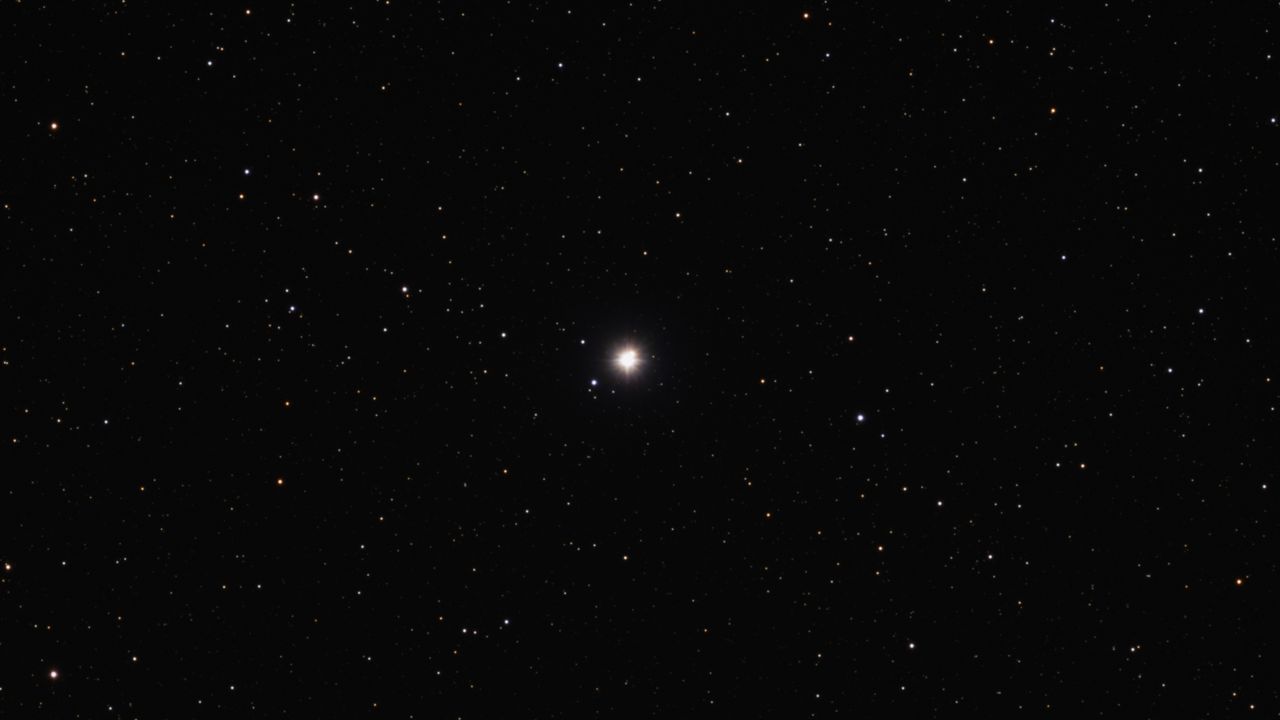China to launch an empty Shenzhou 22 spacecraft to help stranded astronauts on Tiangong space station
PositiveScience
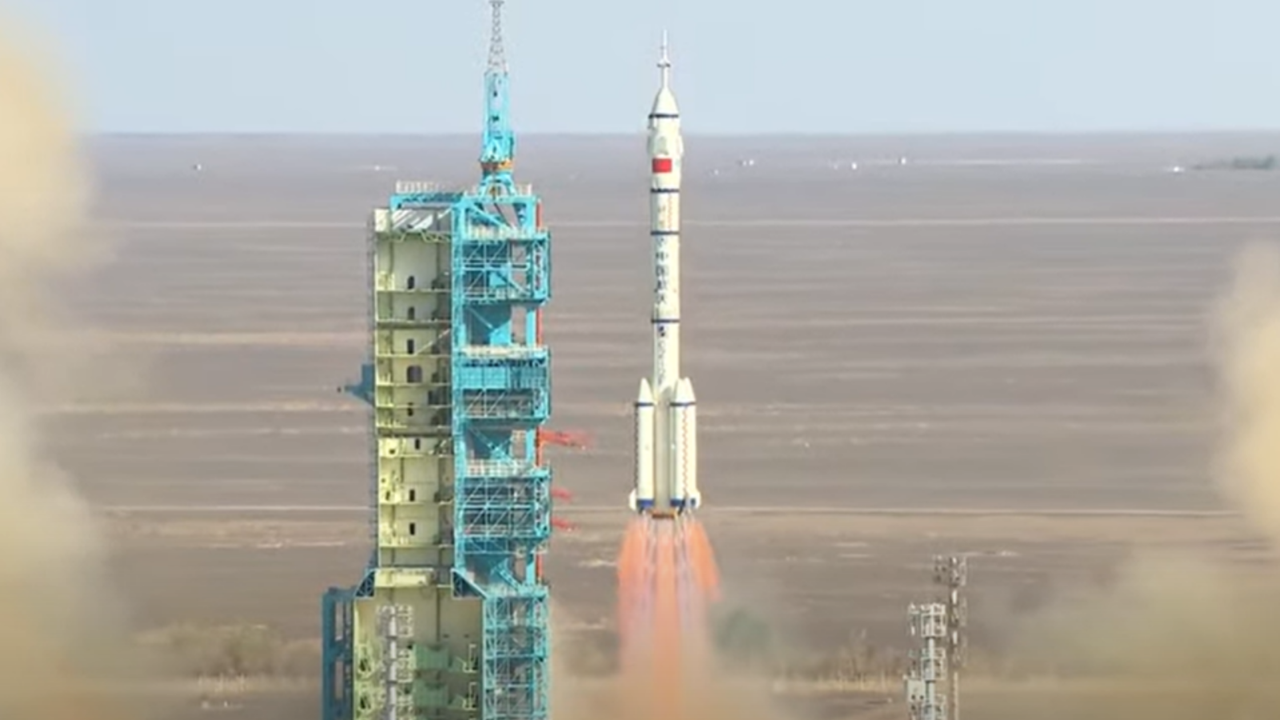
- China is set to launch the Shenzhou 22 spacecraft on November 25 to assist stranded astronauts aboard the Tiangong space station, marking a significant step in its ongoing space missions. The empty spacecraft will provide a safe return option for the astronauts currently in orbit. Live coverage of the launch will be available for viewers worldwide.
- This mission underscores China's commitment to ensuring the safety of its astronauts and advancing its space program, particularly as it continues to develop the Tiangong space station, which has become a focal point of its space exploration efforts.
- The launch occurs amid growing concerns in the U.S. regarding China's expanding influence in space, prompting discussions in Congress about establishing a new research institute to address these developments. This backdrop highlights the competitive dynamics in space exploration and the strategic implications of advancements made by nations like China.
— via World Pulse Now AI Editorial System
